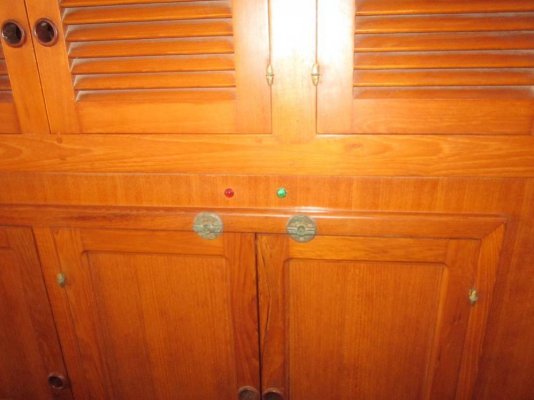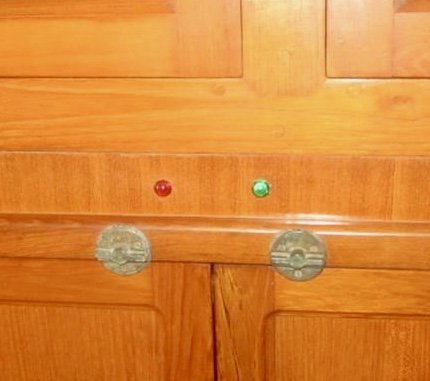Xlantic
Guru
When out of fresh water, my water pump just runs on. This can potentially lead to problems such as overheating the pump motor and breaking it or running down the batteries.
Is there a simple solution to this problem?
For example a timer that measures how long the pump has been running continuously that would trigger a buzzer or pump interrupt switch when a preset time is exceeded.
Ideas are welcome!
Is there a simple solution to this problem?
For example a timer that measures how long the pump has been running continuously that would trigger a buzzer or pump interrupt switch when a preset time is exceeded.
Ideas are welcome!




